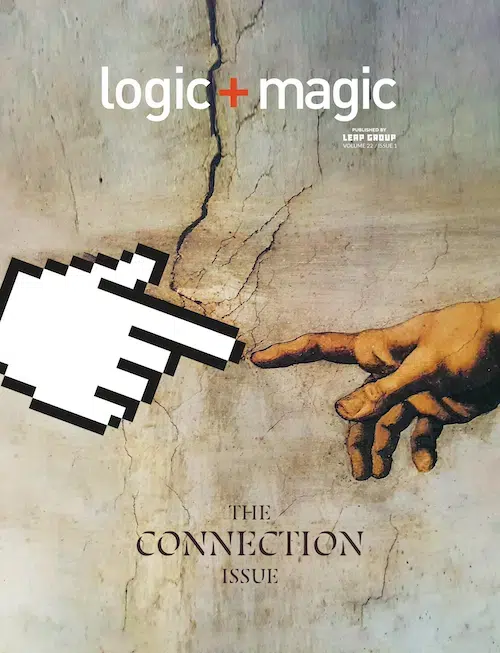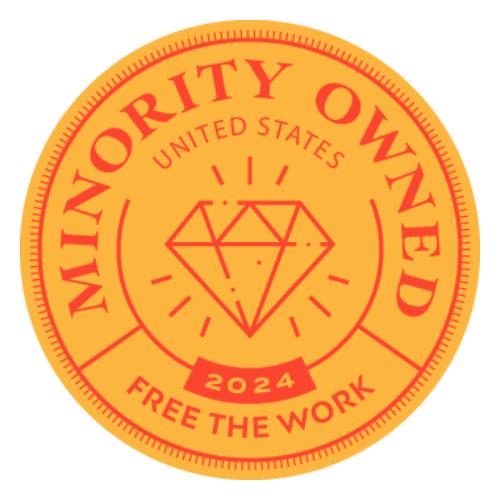
It’s not just the technology, it’s the way we use technology — to inform, to entertain, to
connect, to buy — all faster than ever. And in more ways than ever.
As a marketer, I’m often in awe of the speed of change, especially in digital communications. Awe aside, I’m also tasked with the sometimes-daunting questions I regularly receive from my clients.
“I just heard about [insert crazy new digital startup or modification to existing digital platform] Do you think we should try it out? Do you think it will work for our business?”
I’m supposed to know about [insert crazy new digital startup or modification to existing digital platform]. It’s my job. And not only am I supposed to know about it before my clients, I’m supposed to have already compiled my opinion on the validity of the thing and its applicability to every industry and every audience segment within each industry.
It’s like a clip from the movie “Don’t Tell Mom the Babysitter’s Dead.
“I’m right on top of that Rose!”
That’s a tall order, but thankfully there’s a shortcut.
There’s a trick I learned a while back for dealing with surprise situations: Have a framework prepared in advanced. For me, and for us here at Leap, our framework is simple: Market Less, Matter More.
When you start with that mantra, you immediately begin to apply filters to the [insert crazy new digital startup or modification to existing digital platform.] Here are a few of my favorites:
- How will this new technology make our audience feel?
- How will it make them feel about themselves?
- How will it make them feel about our brand as a consequence?
- Will it draw them closer to our brand promise? Does it have the potential to erode trust?
- Will it make them feel valued? Will it make their life better in some way?
2016 was the year of Virtual Reality. As a concept, it isn’t new. Its been the muse of Science Fiction writers since 1935.
The world churned as technology caught up with imaginations and, thanks in part to Facebook’s $2 billion acquisition of Oculus VR in 2014, by 2016 several of the world’s leading tech companies had entered the VR market. Naturally, also by 2016, most leading marketers began to seriously consider VR as a shiny object in their consumer communications ecosystem.
But how can we marketers evaluate the promise of VR? Under what circumstances should VR be considered? Here’s where an application of the Framework is helpful.
For one of our clients, it made sense to consider developing a VR experience to showcase bussing innovations, walking high-value prospects through an immersive sales experience at their most influential yearly trade show event. Sounds expensive? The solution actually leveraged the common smart phone along with Mattel’s View-Master Deluxe Viewer (check it out at Wal-Mart for just $30!)
In a fun, and somewhat nostalgic way, such an experience could do what no other trade show collateral could do, ensuring the innovative experience was just as “on brand” as the innovations in their product and service offerings – an easy way to own such brand equities over competitors.
We, as marketers, should evaluate emerging technology based on an ecosystem of value. All consumer touchpoints must work together to deliver on our brand promise. With a creative application of [insert crazy new digital startup or modification to existing digital platform] you can — so let’s give it a try.
In this edition of Logic + Magic we’ll explore some of these emerging marketing technologies and help you push to understand if they can deliver value to your customers and, in doing so, deliver value to your brand.


